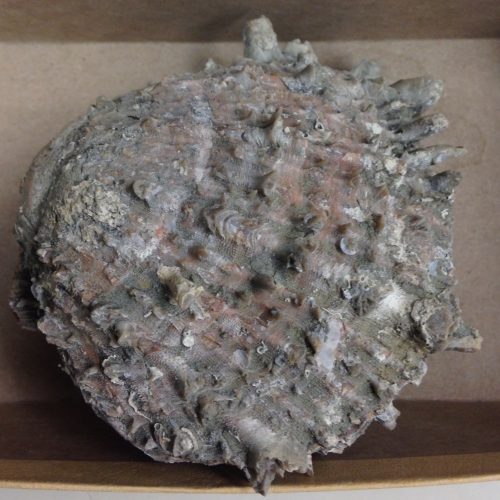Over the past couple of weeks I’ve been working on several smaller projects around the lab that have included identifying specimens from the Gatun formation, washing samples of Pacific Muck in the screen washing room, and unpacking specimen from several storage boxes in the lab.
Working with the specimen from Gatun was a fun, though some times tedious, experience. Getting a chance to sit down with multiple specimen and try my hand at identifying them wasn’t something I had done before. Studying the shells and figuring out the, often, minute differences between different species was an enjoying break from reading papers on millipedes and editing my own work.

Though I’ve done screen washing before, having spent last summer at PRI screen washing, it was great to see a different system, with several different screens as opposed to a single screen. It was also nice to work with sediment that was dry and sandy instead of a moist, muddy, clay. Being able to see the different contents of the samples was exciting as well. The Pacific muck contained quite a diverse faunal selection while the samples at PRI where mainly oysters (having been sampled from a fossil oyster reef).
Unpacking the stored fossils was also a good experience, being able to see what had been previously collected and shipped up from Panama. Many of the specimen were in great shape and seeing the diversity of the fauna was great.
This week the new field interns came to Gainesville to get a training before heading down to Panama at the end of May. On Tuesday I got to work with them throughout the day and show them some of the things I do during the day. I was able to save some of the work I had from the past week to show them and teach them a little about it.